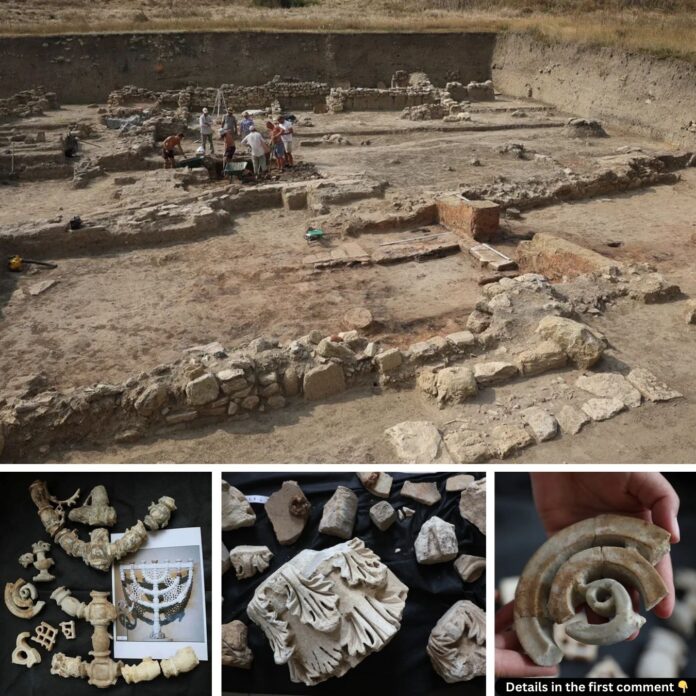Nestled on Russia’s Taman Peninsula, the ancient Greek city of Phanagoria continues to reveal its secrets, and the latest discovery has left archaeologists in awe. Hidden for millennia, the remains of a 2,000-year-old synagogue have been unearthed, shedding light on the city’s religious and cultural dynamics during the Second Temple Period. This remarkable find offers a glimpse into a thriving Jewish community that coexisted with the Greek and Byzantine influences in the region.
The Historical Significance of Phanagoria
Phanagoria was founded by Greek settlers in the 6th century BCE on the shores of the Taman Gulf. Encompassing 900 hectares, the city was a bustling hub of trade, linking the Maeotian marshes with territories south of the Caucasus mountains. Over centuries, it flourished as a cultural and economic center, becoming a melting pot of diverse civilizations.
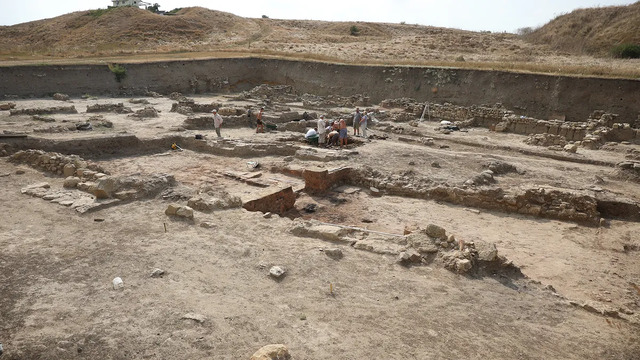
During its prime, Phanagoria played a pivotal role in connecting the Greek world to neighboring regions, including the Roman Empire and early Byzantine territories. The city’s importance persisted through the ages, even after its devastation by the Huns. By the 7th century, Phanagoria had transformed into the capital of Old Great Bulgaria, aligning itself with Byzantine power and continuing its legacy as a significant urban center.
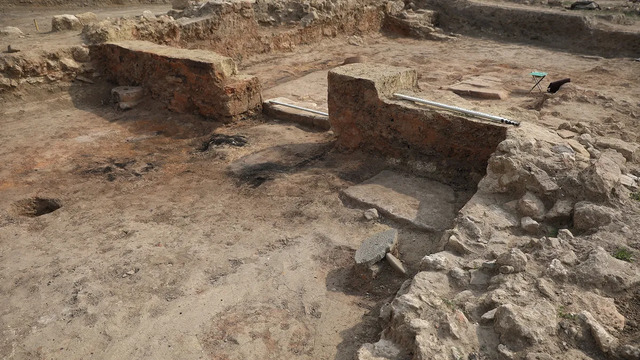
Video
One of the world’s oldest synagogues has just been discovered – watch the video to explore this incredible find and its historical significance!
A Glimpse into the 2,000-Year-Old Synagogue
The newly discovered synagogue stands as a testament to the enduring presence of the Jewish community in Phanagoria. Dating back to the Second Temple Period (597 BCE to CE 70), this religious structure survived centuries of political and cultural upheaval. Its architecture, artifacts, and inscriptions offer valuable insights into ancient Jewish life.
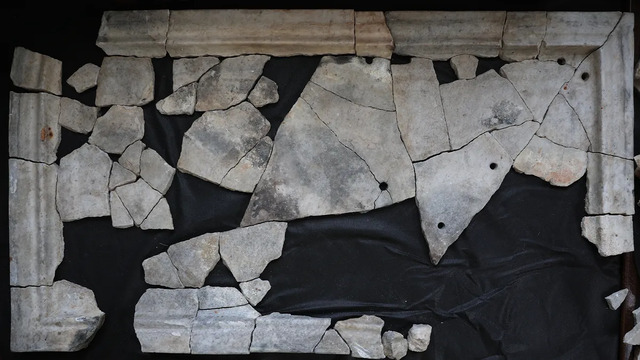
Architectural Grandeur
Measuring 21 meters in length and 6 meters in width, the rectangular synagogue featured two chambers, each spanning over 60 square meters. These spaces were likely adorned with intricate marble columns, vividly painted walls, and ornamental menorahs, as evidenced by the remnants found during the excavation. The synagogue’s opulence suggests it was a focal point for worship and community gatherings.
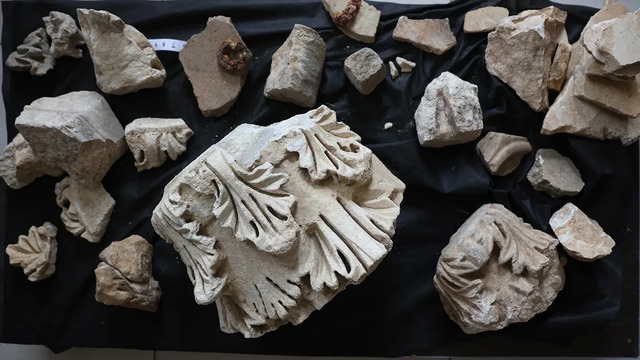
Artifacts of Faith
The excavation unveiled a treasure trove of artifacts, including liturgical tables, fragments of marble steles, and exquisite menorahs. Among the most striking discoveries were inscriptions on marble tablets, dated to 16 and 51 CE, referencing a “house of prayer” and “synagogue.” These findings affirm the synagogue’s central role in the religious life of the Jewish community.
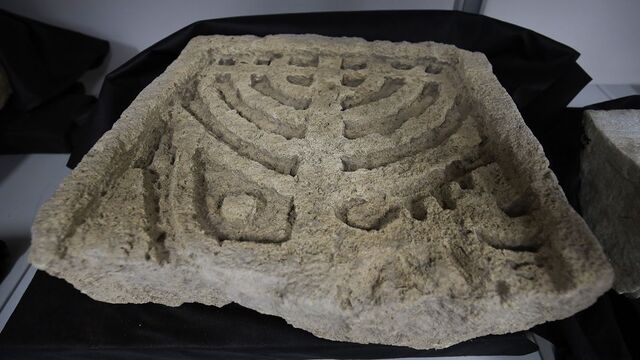
Inscriptions and Historical Context
A 5th-century stele bearing the Greek word for “synagogue” further cements the structure’s historical significance. These inscriptions, alongside amphorae and tombstones decorated with menorahs, highlight the vibrant Jewish presence in Phanagoria during the 1st century CE.
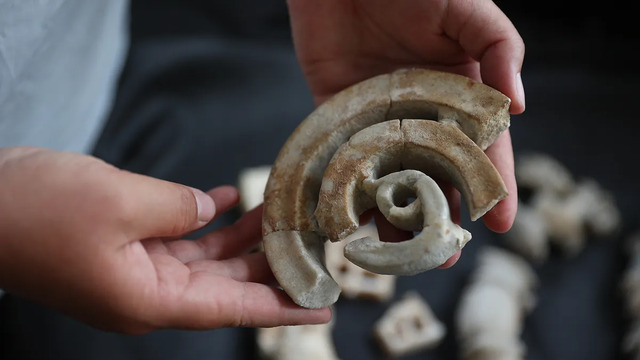
The Jewish Community of Phanagoria
The discovery of the synagogue provides a rare opportunity to explore the cultural dynamics of Phanagoria’s Jewish population. Historical records and archaeological evidence depict a thriving community that actively contributed to the city’s rich cultural fabric.
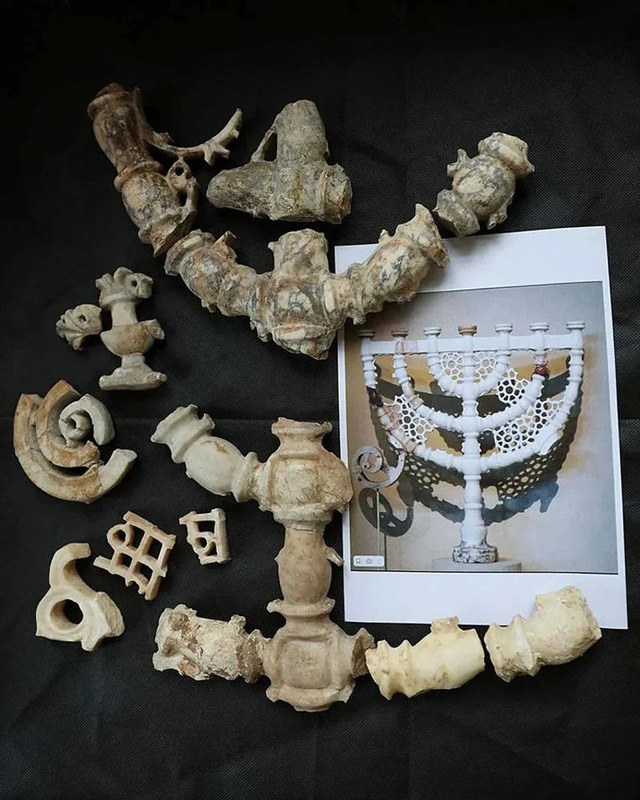
Artifacts unearthed from the site, including menorah-adorned tombstones, amphorae, and ceremonial objects, point to a well-integrated Jewish community. These findings align with historical accounts that describe Phanagoria as a cultural crossroads, where Greek, Jewish, and later Byzantine influences intersected.
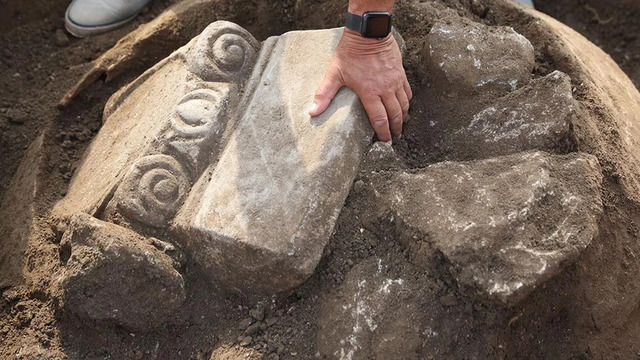
Byzantine chronicler Theophanes and Arabian geographer Ibn-Hordadbeha both referred to Phanagoria as a “Jewish city.” Their accounts suggest that the Jewish community continued to thrive well into the medieval period, contributing to the city’s resilience and cultural diversity.
Unveiling Phanagoria: The Archaeological Expedition
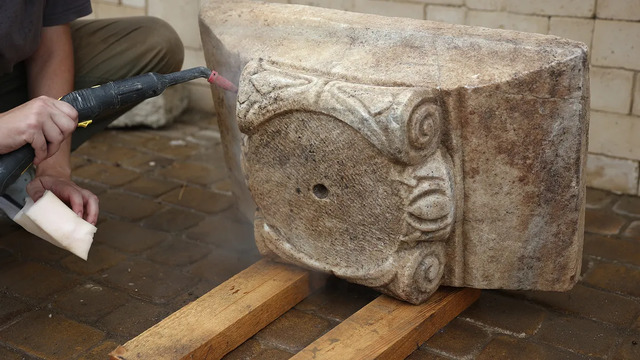
The discovery of the synagogue is the result of decades of meticulous excavation by the Phanagoria archaeological expedition. Since 2004, a team of 250 archaeologists, students, and volunteers, supported by the Oleg Deripaska Volnoe Delo Foundation, has been systematically uncovering the city’s ancient treasures.
Led by the Institute of Archaeology of the Russian Academy of Sciences, the team has excavated over 7,000 square meters of Phanagoria’s ruins. Their efforts have brought to light not only the synagogue but also a wealth of artifacts that illuminate the city’s historical significance.
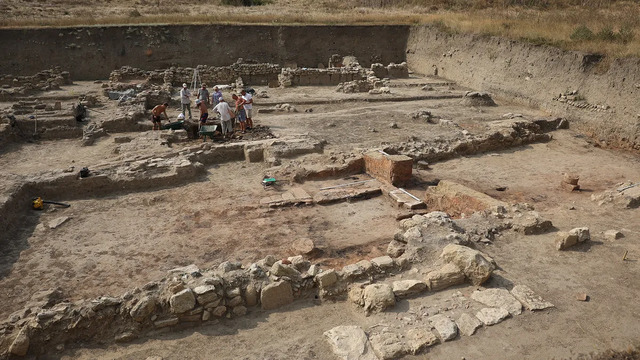
Phanagoria’s discoveries have resonated worldwide, with artifacts displayed in esteemed institutions such as the Hermitage and the Pushkin State Museum of Fine Arts. The findings have been presented at international conferences, showcasing the city’s importance in ancient history.
Cultural and Historical Significance
The unearthing of the 2,000-year-old synagogue is more than an archaeological triumph; it is a window into the interplay of history, culture, and religion in the Black Sea region.
The synagogue stands as a symbol of the cultural integration that characterized ancient Phanagoria. Its discovery underscores the harmonious coexistence of diverse religious traditions within the city’s cosmopolitan society.
As excavations continue, archaeologists hope to uncover more about the synagogue and its role within the community. Preserving this historical site is crucial for deepening our understanding of Phanagoria’s cultural heritage.
Conclusion
The discovery of the 2,000-year-old synagogue in Phanagoria is a groundbreaking moment in the study of ancient civilizations. It highlights the enduring legacy of the Jewish community and the city’s role as a cultural and economic hub. As archaeologists continue to unearth Phanagoria’s secrets, this ancient city promises to reveal even more about the intricate tapestry of history that once flourished on the shores of the Black Sea.
